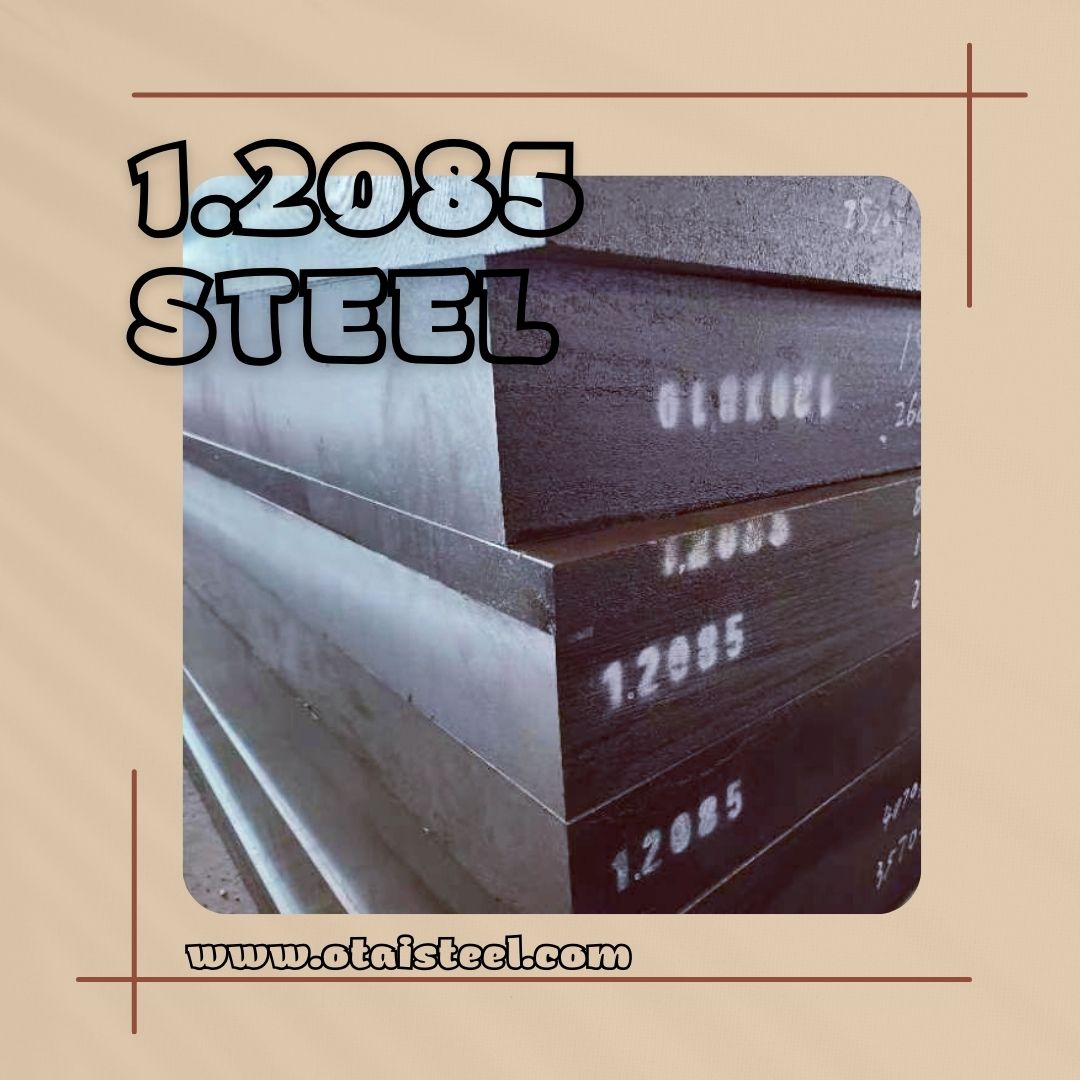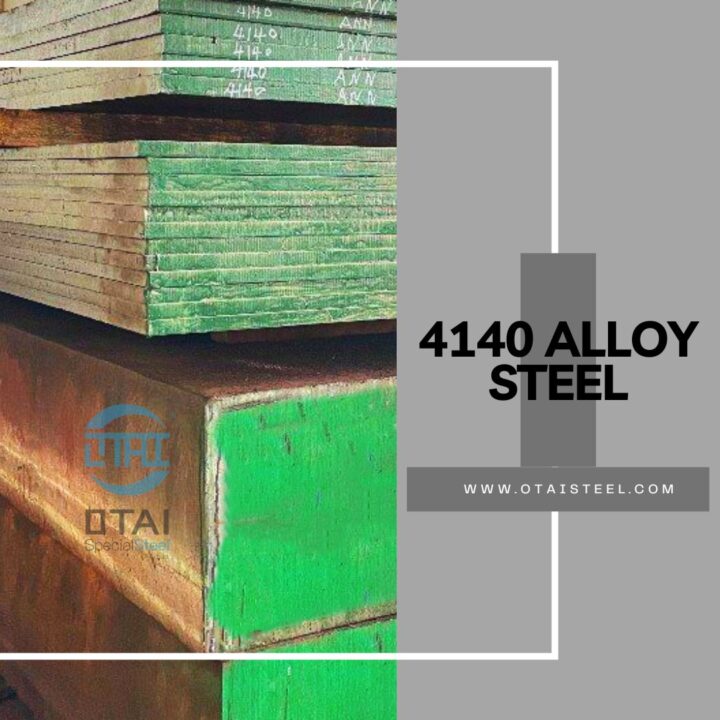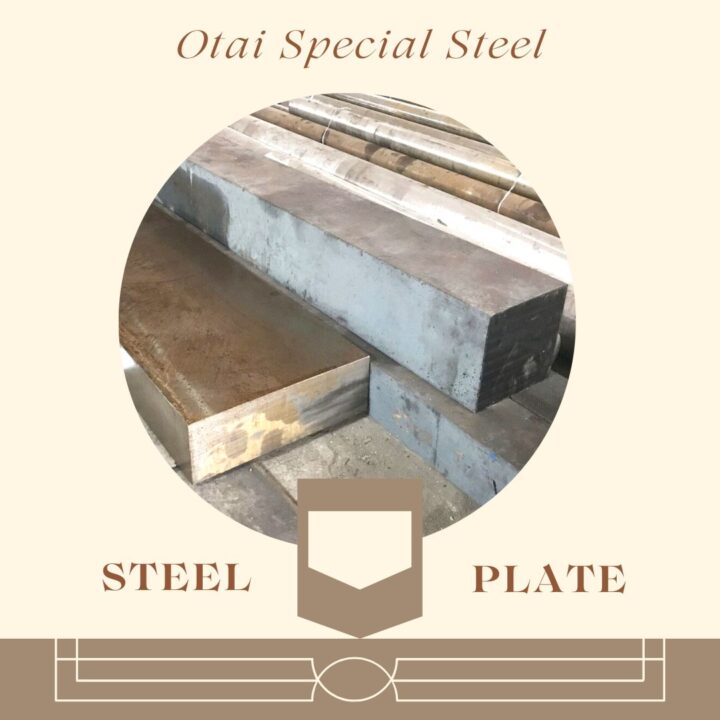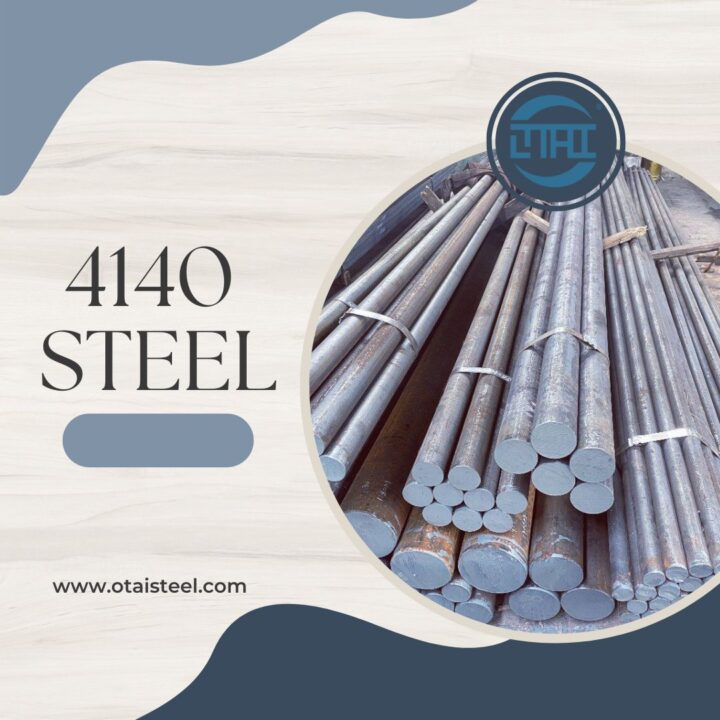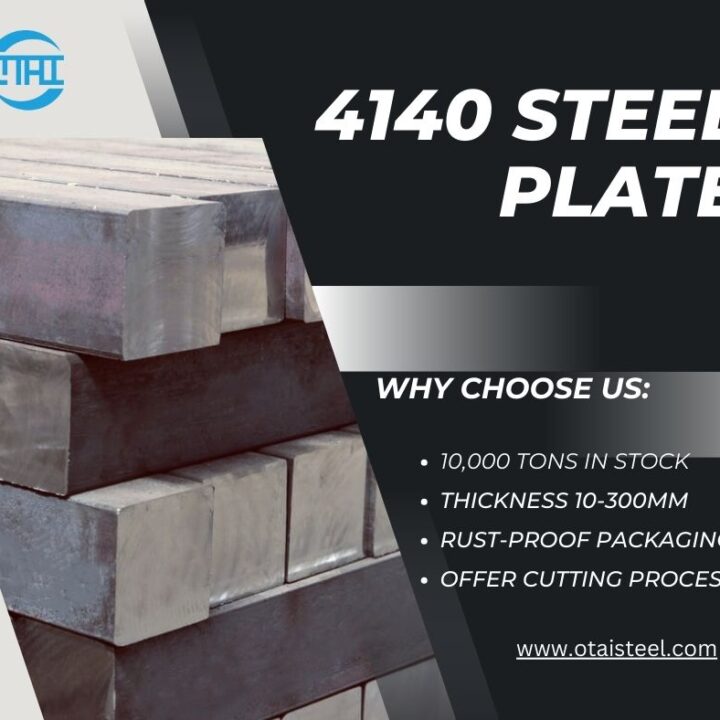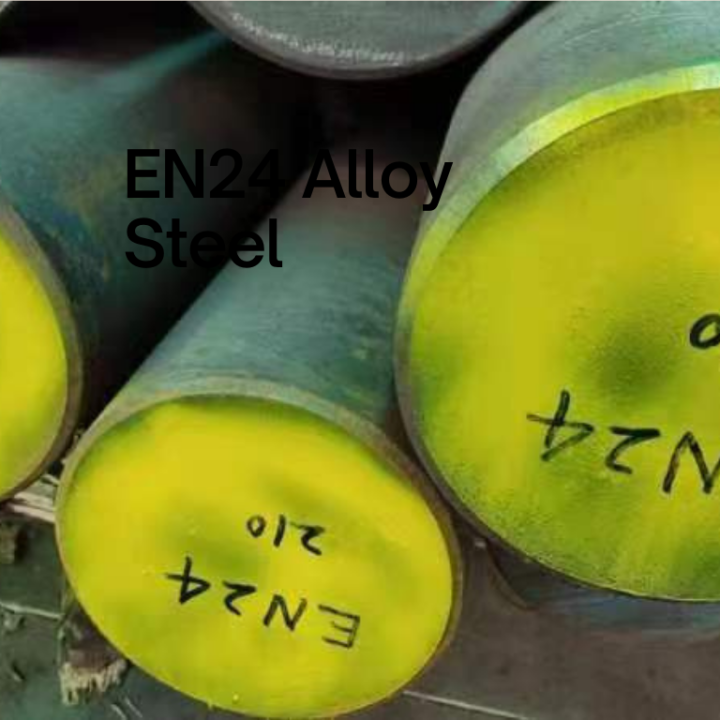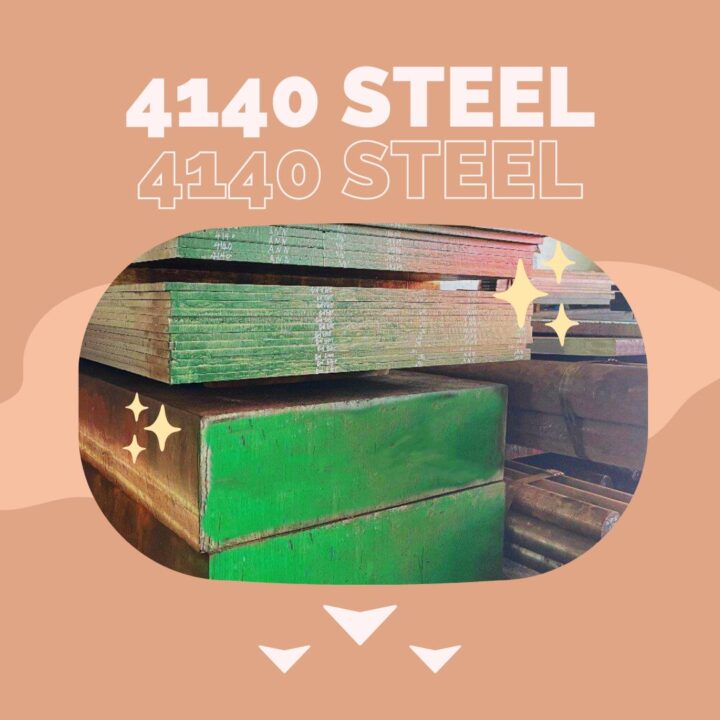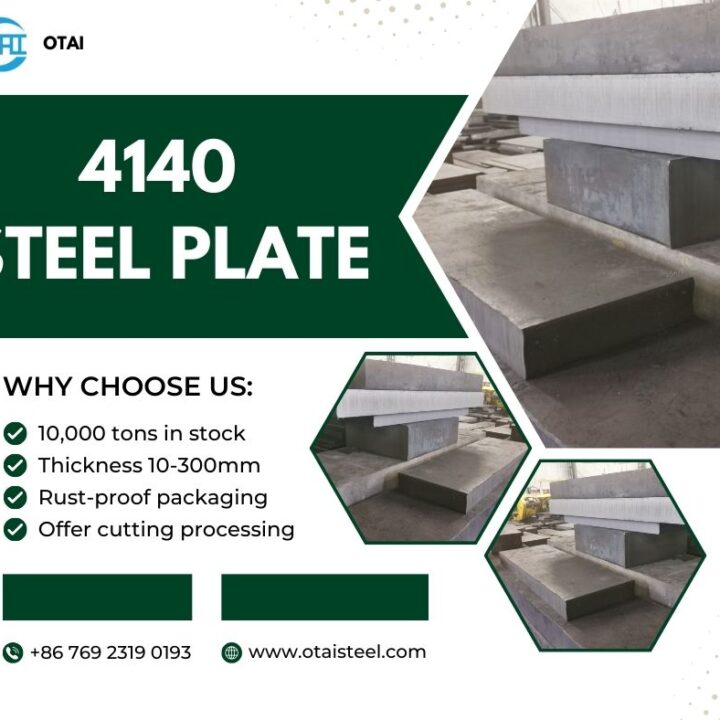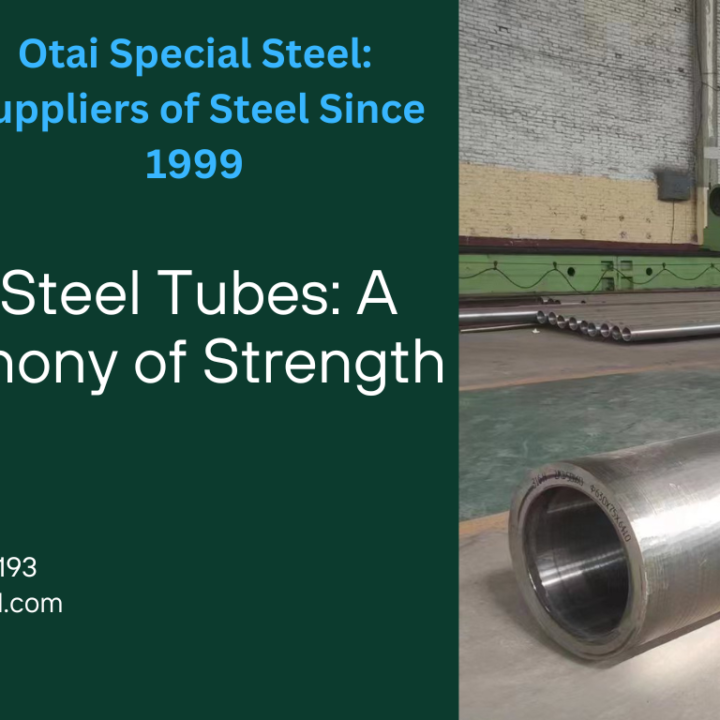1.2085 steel, also known as 420M steel, is a member of the martensitic stainless steel family. Its unique blend of chemical composition imparts distinctive mechanical properties that make it a valuable material in various industrial applications.
Strength and Hardness
Strength is a fundamental mechanical property of any material, and 1.2085 steel is no exception. Let’s delve into the key aspects of strength and hardness that define this steel’s performance:
1. Impressive Hardness: One of the standout features of 1.2085 steel is its remarkable hardness. This hardness is achieved through heat treatment processes, primarily quenching and tempering. The steel can attain a Rockwell hardness (HRC) in the range of 56-58, making it exceptionally tough and durable.
2. Yield Strength: 1.2085 steel typically exhibits a yield strength of approximately 600 MPa, indicating its ability to withstand substantial loads before undergoing plastic deformation. This makes it suitable for applications where high-stress conditions are anticipated.
3. Ultimate Tensile Strength: The ultimate tensile strength of 1.2085 steel is around 700 MPa. This property signifies the maximum stress the material can endure before breaking, showcasing its robustness.
Toughness and Impact Resistance
Toughness is a crucial mechanical property, especially in applications where materials may experience sudden impacts or shock loads. Here’s how 1.2085 steel fares in terms of toughness and impact resistance:
1. Good Toughness: While 1.2085 steel is renowned for its hardness, it also possesses a reasonable degree of toughness. This combination of hardness and toughness is essential in applications like toolmaking, where the material must withstand both wear and shock loads.
2. Impact Resistance: The steel’s impact resistance is influenced by factors such as heat treatment and the specific alloying elements present. Proper heat treatment can enhance its ability to absorb energy and resist fracture when subjected to sudden impacts.
Ductility and Formability
Ductility and formability are important properties, particularly when a material needs to undergo shaping or forming processes. Let’s examine how 1.2085 steel performs in these areas:
1. Limited Ductility: Due to its martensitic structure and high hardness, 1.2085 steel has limited ductility. This means it is less likely to undergo extensive plastic deformation before fracture. However, its hardness compensates for this limitation in many applications.
2. Formability: While not ideal for deep drawing or severe forming operations, 1.2085 steel can still be machined and formed with the right equipment and processes. Manufacturers often take this into account when designing components.
Corrosion Resistance
Corrosion resistance is a significant consideration for materials used in various environments. Here’s how 1.2085 steel fares in terms of corrosion resistance:
1. Moderate Corrosion Resistance: While 1.2085 steel is not as corrosion-resistant as some austenitic stainless steels, its chromium content (around 13-14.5%) provides moderate resistance to corrosion, particularly in mild to moderately aggressive environments.
2. Protection Measures: In applications where corrosion resistance is critical, such as in the food or medical industry, protective coatings or treatments may be applied to enhance the steel’s resistance to rust and corrosion.
1.2085 steel exhibits a range of mechanical properties that make it a versatile and valuable material in various industrial applications. Its high hardness, impressive strength, and reasonable toughness make it ideal for tool and die making, where wear resistance and durability are paramount. While its limited ductility may pose challenges in certain forming processes, it remains a top choice for components that require both hardness and toughness. (1.2085 steel mechanical properties)
